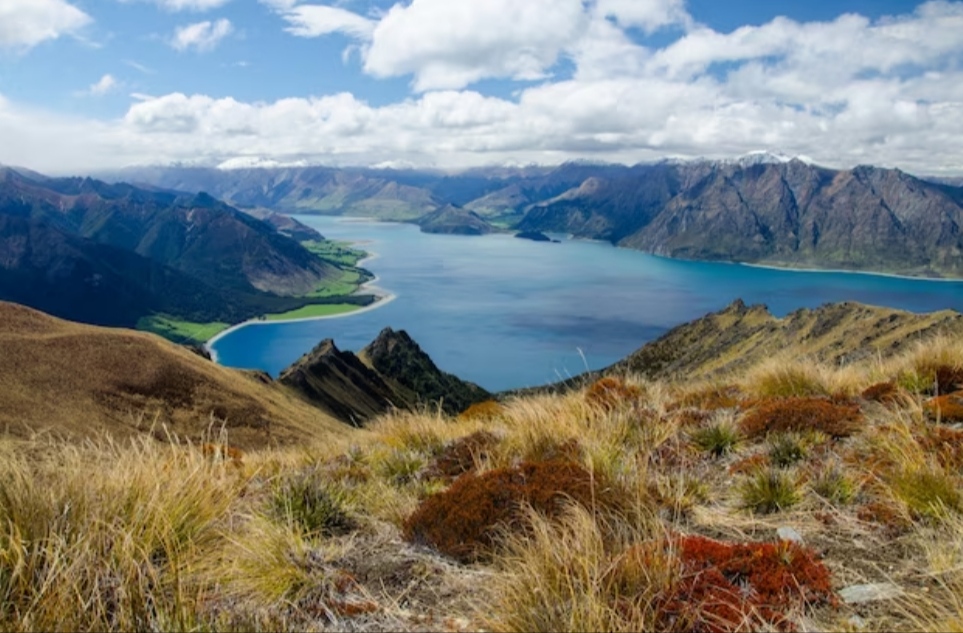
Table of Contents
Amazing facts about Argentina Patagonia, located in the southernmost region of South America, primarily within Argentina (and partly in Chile), boasts some of the most breathtaking landscapes on Earth. With vast stretches of pristine wilderness, soaring mountain peaks, shimmering glacial lakes, and mysterious deep forests, it’s no surprise that this region attracts adventurers, photographers, and nature lovers from all over the world.
Amazing Facts About Argentina,The Magic of Patagonia
The magic of Patagonia is multifacetedAmazing facts about Argentina. It’s not just the sheer physical beauty, but also the rich biodiversity and the region’s profound cultural and historical significance. From tales of indigenous peoples like the Mapuche and the Tehuelche, to the legends of sailors and explorers who traversed its challenging waters, Patagonia is a land steeped in history.
Key Landscapes of Patagonia, Argentina
1. The Andes Mountains:
Stretching across the western edge of South America, the Andes are the longest mountain range in the world. Patagonia’s portion of these majestic mountains is characterized by sharp, jagged peaks, the most famous being Mount Fitz Roy and Cerro Torre. These mountains offer thrilling hikes and provide breathtaking panoramic views.
2. Perito Moreno Glacier:
Located in Los Glaciares National Park, this glacier is one of the few in the world that continues to grow. Visitors can hear the dramatic sounds of ice calving into the lake below and even embark on ice trekking adventures on the glacier itself.
3. Valdés Peninsula:
This UNESCO World Heritage site is a must-visit for wildlife enthusiasts. Throughout the year, this area sees visits from sea lions, penguins, whales, and countless species of birds.
4. Tierra del Fuego:
Often referred to as the “End of the World,” this archipelago is a mix of mountains, forests, and glaciers. Ushuaia, the world’s southernmost city, is the gateway to Tierra del Fuego National Park and a departure point for Antarctic expeditions.
5. The Pampas:
Stretching across Argentina, these vast lowlands offer a completely different aesthetic. Imagine endless fields with swaying grass, punctuated by the occasional lonely tree or a ranch.
Table: Best Times to Visit Key Attractions in Patagonia
| Attraction | Best Month to Visit | Special Attractions |
| The Andes Mountains | November to April | Mountaineering, Hiking, Camping |
| Perito Moreno Glacier | Year-round | Ice Trekking, Viewing Ice Calving |
| Valdés Peninsula | September to April | Whale Watching (June to December) |
| Tierra del Fuego | November to March | Wildlife Viewing, Trekking |
| The Pampas | September to November | Bird Watching, Horseback Riding, Ranch Visits |
Preserving Patagonia’s Beauty
Amazing discoveries about Argentina, As tourism in Patagonia develops, there’s been a concerted effort by both governments and environmental organizations to ensure the sustainable development of this region. Visitors are urged to respect local guidelines, avoid leaving any trace, and contribute to local conservation efforts.
Conclusion
There’s no denying the raw, untamed beauty of Patagonia, Argentina. It’s a land of contrasts: from the icy glaciers to the arid steppes; from the jagged peaks of the Andes to the rolling Pampas; from the bustling town of El Calafate to the remote wilderness areas that have barely seen human footprint. Every corner of Patagonia promises adventure, discovery, and a deep connection with nature.
FAQ
Q: Is Patagonia safe for tourists?
A: Absolutely. While it’s always essential to take general travel precautions, Patagonia is considered one of the safer regions in South America. Local communities are generally welcoming, and crimes against tourists are rare.
Q: What’s the best way to get around Patagonia?
A: While public transportation options are available in bigger towns, renting a car provides the most flexibility, especially if you’re keen on exploring remote areas.
Q: Is it essential to know Spanish when traveling in Patagonia?
A: While it’s beneficial to know some basic Spanish phrases, many people in the tourism industry speak English. However, learning a bit of the local language is always appreciated and can enhance your travel experience.
Q: What kind of wildlife can I expect to see?
A: Depending on the region and the time of year, you might see penguins, sea lions, guanacos, whales, condors, and many more species.
Q: Are there guided tours available in Patagonia?
A: Yes, numerous tour operators offer everything from day trips to multi-day hiking and camping expeditions. It’s a great way to learn more about the region and its unique ecology and history.